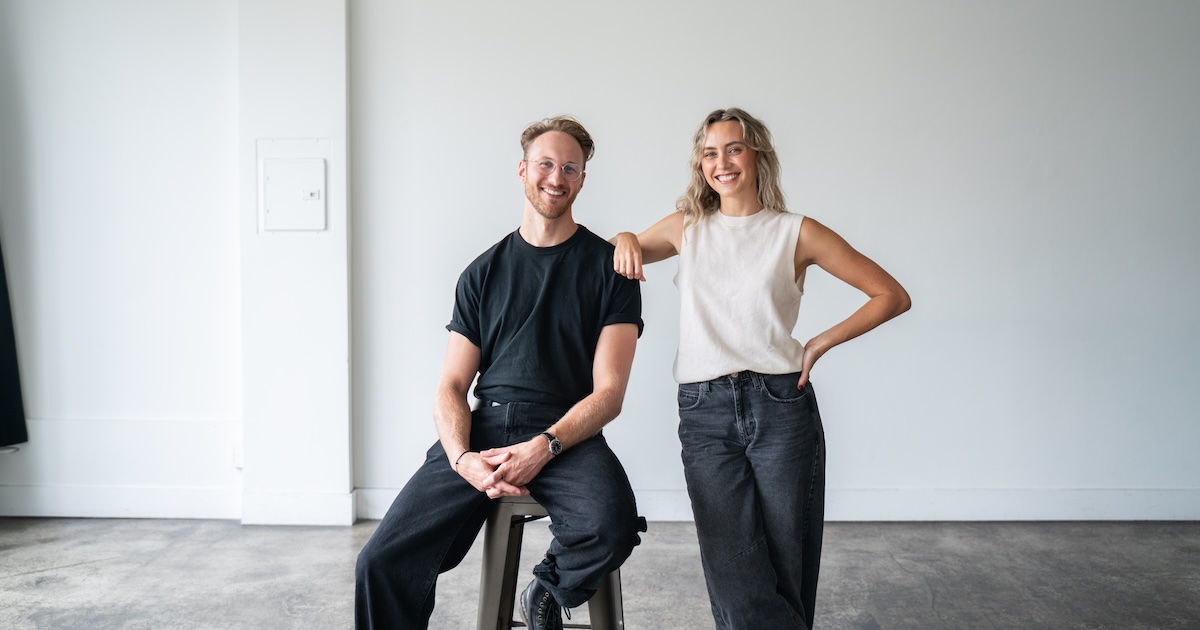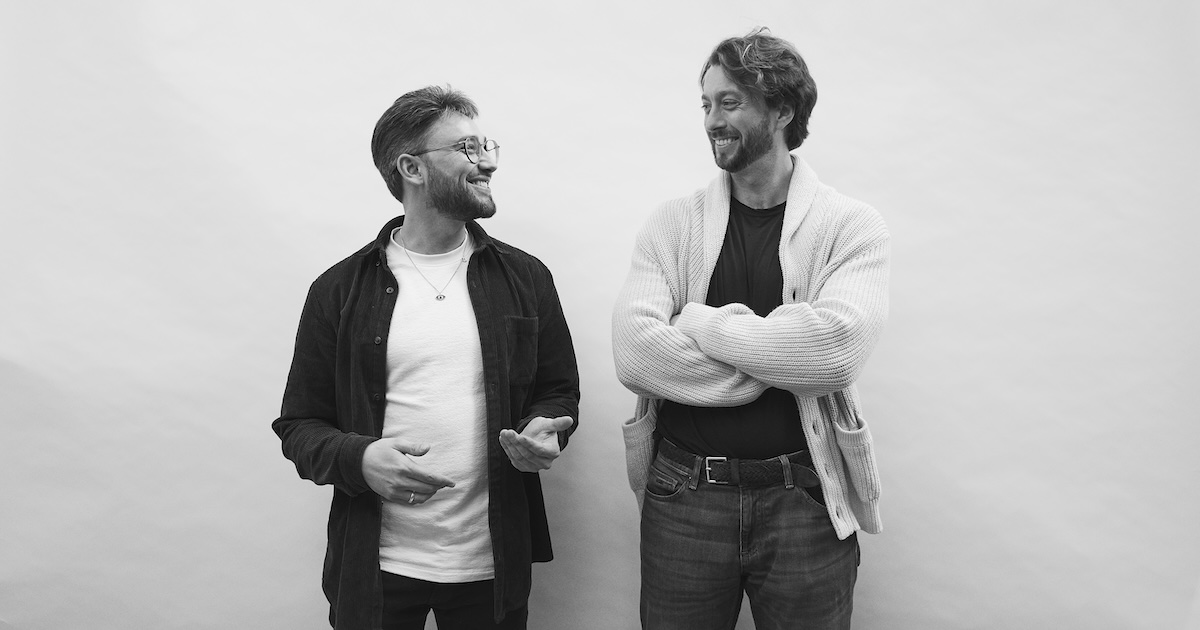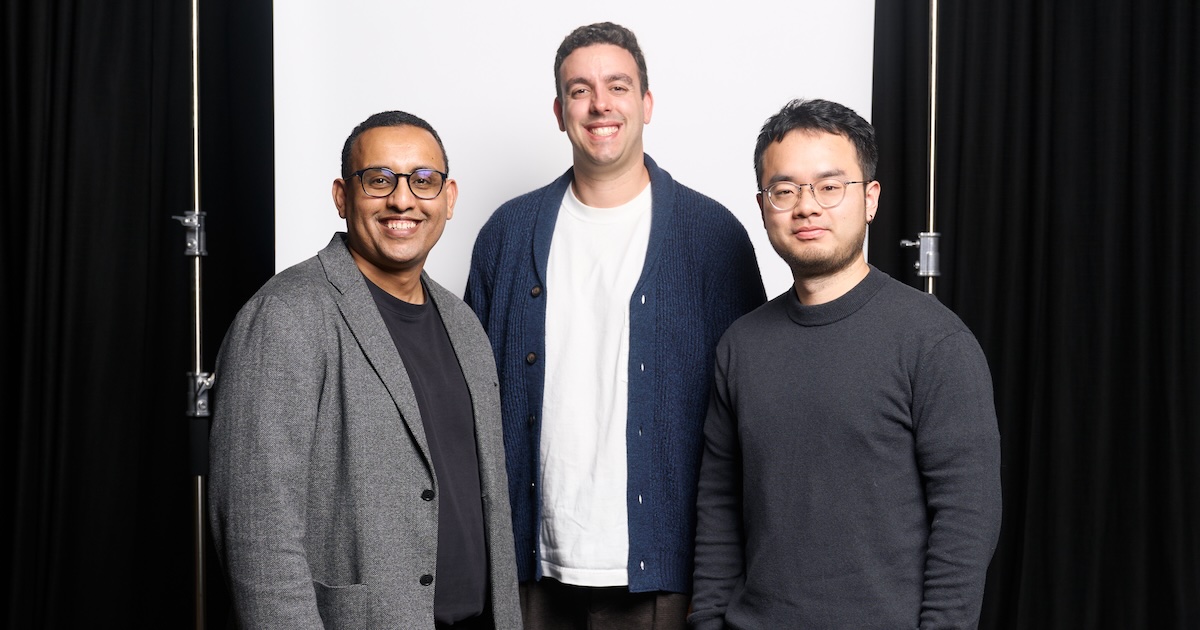
How We Invest: Rivers of Inquiry
Blackbird partner Samantha Wong explains how we make investment decisions.
I recently delivered a talk at our inaugural Blackbird Melbourne Family Lunch on how we invest. In particular, I tried to explain the process that has served us well to discover new investment themes and help give us a ‘prepared mind’ for assessing future companies.
We’ve called this process a ‘river of inquiry’.
An idea starts as a trickle of interest, suggestive of something grander. Often it starts with an initial seed stage investment in a company working in a new area, and we learn about the problem, the market and the competitive landscape through that small initial investment.
Sometimes, the trickle forms a stream, and then the stream might join a river, and could eventually become a powerful current in our investment thinking over time.

Blackbird itself is the result of a river of inquiry.
Rick, Niki and Bill were inspired by a group of Australian startups forming at the beginning of the last decade. Companies like Atlassian, Campaign Monitor and Siteminder showed that you could create category-leading software companies from Australia.
If you focussed on building the best product possible and made it so cheap that employees could pay with it with their credit card, you wouldn’t need to have an enterprise salesforce.
Without the need for an enterprise salesforce, being located in Australia no longer was a disadvantage.
This principle of ‘bottom up saas’, sold to the worker not the senior exec over a steak lunch, was the principal hypothesis that Fund 1 was formed around, and led us to invest in Canva, Safety Culture and others.
Product-centric companies and bottom-up sales processes still influence a lot of our thinking around software investments — most recently, in Incodocs and Applied.
Let me give you examples of 2 other powerful rivers of inquiry in action.

The first example is our foray into autonomous vehicles and advanced robotics. In Fund 1 we invested $500k in the first round of robotaxi company Zoox.
It was through the investment in Zoox that we learned that one of key challenges for autonomous vehicles is the unavailability of cheap, reliable laser radar, or LIDAR.
Lidars are the sensors that help autonomous vehicles know where they are in space in relation to other objects.
Through Zoox, we knew that all the major autonomous vehicle companies were reliant on Velodyne LIDARs costing $75k per sensor, which had a limited field of view and were prone to mechanical issues.

Near the beginning of Fund 2, Baraja presented their vision of applying their knowledge of reliable, cheap optical telecomms technology to LIDARs.
Through the Zoox investment, we understood the deep painfulness of the problem, the ripening of the market and the competitive landscape.
A trickle of inquiry had turned into a stream.
From an $1.5m initial seed investment into Baraja, we have now invested almost $22 million across 3 funds and it is the largest investment from Fund 2.

The Zoox investment also led us to think deeply about the business model of owning a robot and leasing it out as a service.
One of the most attractive features of the robotaxi model is its unit economics.
Currently Uber and other ride sharing companies pay drivers 70 cents for every dollar they earn. If you remove the expense of the driver, you then have the potential to drastically reduce prices, or re-invest in more vehicles, which in turn reduces wait times for customers, which in turn leads to greater market share.
The other important consequence is that it isn’t a problem that you can only produce vehicles in small batches for hundreds of thousands of dollars a pop if you aren’t trying to sell them to consumers.
Robotaxis can cost many times more than a traditional car to manufacture because they are capable of earning hundreds of thousands of revenue per year and pay themselves back quickly.
This insight around the efficiency of building and renting out the robot has carried over into our Fund 3 investments as well.
So far we have invested in 2 startups that employ this business model — August Robotics and Freight Fish.

August Robotics’ line-marking robots are built largely from off-the-shelf parts and assembled by hand. Each robot can be used to service multiple different customers, greatly improving unit economics compared to selling them as once-off purchases.

Freight Fish is an Auckland-based autonomous hydrofoil shipping company aiming to create a third option beyond the long wait of traditional ocean freight and the expense of shipping by air.
Similar to Zoox, they plan to design, build and operate a small handful of vessels, initially along select routes such as Shenzhen to Los Angeles. Their boats could become profitable in under two years.

One of the more dominant rivers of inquiry that has dominated our thoughts in Fund 3 has been the future of food, and specifically, clean meat startups who are developing products that perform, taste and look exactly like real meat.

Around the middle of the year we met Sunfed, a New Zealand company that is engineering plant proteins and nutrients that look, taste and cook just like real meat.
We led their $10m Series A from Fund 3 and are helping them with their launch in Australia next year.

An alternative approach to clean meat is known as cultured or ‘lab grown’ meat. These companies are taking cells from an animal and growing them in ‘meat breweries’.
We observed one very similar problem to that facing autonomous vehicles — some of the supporting technologies are prohibitively expensive.
One technology that all companies rely on — growth factors from foetal bovine serum — is obtained by draining blood from calves excised from pregnant cows slaughtered in the dairy or meat industries.
When we met Heuros early this year we immediately recognised the potential of their technology. Heuros is producing growth factors for the clean meat industry without the use of animal serum.
Just as finding cheap, reliable LIDAR is essential for autonomous vehicles, a cheap, animal-free replacement to foetal bovine serum will be essential for cultured meat to be commercially feasible.
What started as a trickle has well and truly formed a river. We think there are many more exciting opportunities to invest in the future of food so watch this space.






.png)
.avif)

